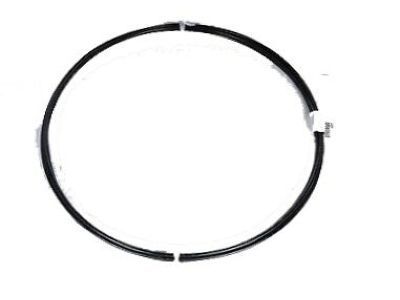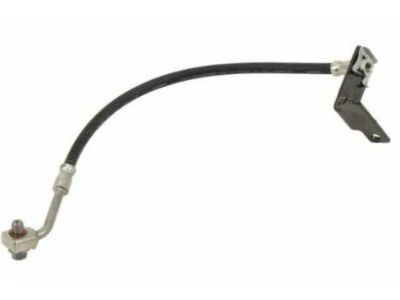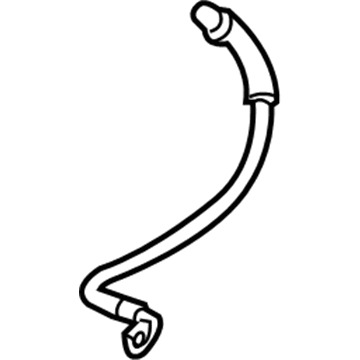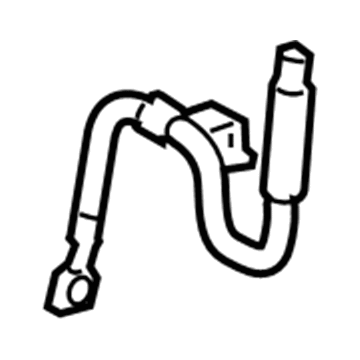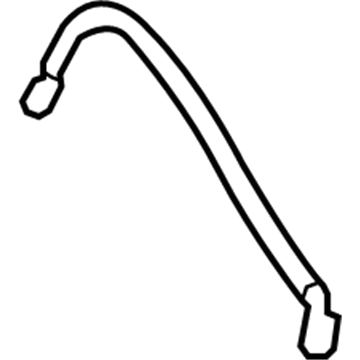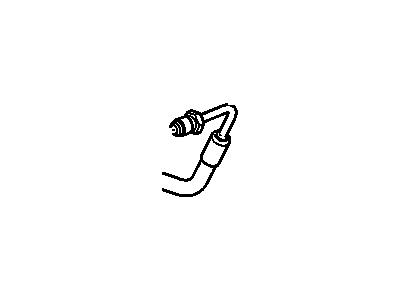My Garage
My Account
Cart
Genuine Buick Enclave Brake Line
Brake Hose- Select Vehicle by Model
- Select Vehicle by VIN
Select Vehicle by Model
orMake
Model
Year
Select Vehicle by VIN
For the most accurate results, select vehicle by your VIN (Vehicle Identification Number).
12 Brake Lines found
Buick Enclave Pipe,Brake
Part Number: 88983905$57.67 MSRP: $114.42You Save: $56.75 (50%)Ships in 1-3 Business DaysBuick Enclave Hose Asm,Front Brake
Part Number: 19366774$32.68 MSRP: $61.64You Save: $28.96 (47%)Ships in 1-2 Business DaysBuick Enclave Hose Asm,Front Brake
Part Number: 19366775$35.20 MSRP: $66.42You Save: $31.22 (47%)Ships in 1-2 Business DaysBuick Enclave Hose Assembly, Front Brk
Part Number: 84412467$12.25 MSRP: $23.10You Save: $10.85 (47%)Ships in 1-2 Business DaysBuick Enclave Hose Asm,Rear Brake
Part Number: 19368466$29.61 MSRP: $53.85You Save: $24.24 (46%)Ships in 1-2 Business DaysBuick Enclave HOSE ASM,RR BRK
Part Number: 19368465$29.61 MSRP: $53.85You Save: $24.24 (46%)Ships in 1-2 Business DaysBuick Enclave Hose Assembly, Front Brk
Part Number: 84412466$12.72 MSRP: $23.10You Save: $10.38 (45%)Ships in 1-2 Business DaysBuick Enclave Pipe Assembly, Brk Press Mod Vlv M/Cyl Rsvr
Part Number: 84511949$15.10 MSRP: $27.08You Save: $11.98 (45%)Ships in 1-3 Business DaysBuick Enclave Hose Assembly, Front Brk
Part Number: 84940737$23.39 MSRP: $41.96You Save: $18.57 (45%)Ships in 1-3 Business DaysBuick Enclave Pipe Assembly, Brake Pressure Mod Valve Front
Part Number: 15921562$13.54 MSRP: $24.28You Save: $10.74 (45%)Buick Enclave Pipe Assembly, Brake Pressure Mod Valve
Part Number: 15115033$4.89 MSRP: $8.78You Save: $3.89 (45%)
Buick Enclave Brake Line
The Brake Line in Buick Enclave vehicles used in the transporting of the brake fluid through the master cylinder to the brake caliper pistons for the hydraulic braking system to perform its function properly. Rust and shock impacts may cause damages to metal brake lines that may result to the leakage of the brake fluid and consequently a loss of hydraulic pressure. Like any rubber component, brake hoses are also subjected to both outer and inner wear which compromises with the brake system. When replacement is required, there are pre-bent brake line kit and corrosion protected stainless steel brake hoses for fitting. The use of the commercial quality metal braid from going back to standard rubber hoses could dramatically enhance the tactile feedback that is felt on the pedals, mainly in performance driving conditions.
Each OEM Buick Enclave Brake Line we offer is competitively priced and comes with the assurance of the manufacturer's warranty for the part. Furthermore, we guarantee the speedy delivery of your orders right to your doorstep. Our hassle-free return policy is also in place for your peace of mind.
Buick Enclave Brake Line Parts Questions & Experts Answers
- Q: How should I inspect and replace flexible brake hoses and brake line on Buick Enclave?A: About every six months, it is important to inspect the flexible hoses that connect the steel brake lines with the front and rear brake assemblies for any cracks, chafing, leaks, blisters, or other damage. This inspection should be done with the vehicle raised and securely placed on jackstands, using a light and mirror for a thorough check. If any of the hoses exhibit any of the mentioned defects, they should be replaced with new ones. To remove a brake hose, clean all dirt away from the ends of the hose and unscrew the tube nut with a flare-nut wrench. Remove the bolts or clips securing the hose to the body and disconnect the hose from the caliper, discarding the sealing washers. Attach the new brake hose to the caliper using new sealing washers and tighten the banjo fitting bolt to the proper torque specifications. Make sure the hose isn't twisted during installation and check for any contact with suspension or steering components. Bleed the brake system after installation. When replacing metal brake lines, use the correct parts and avoid using copper tubing. Prefabricated brake lines with flared tube ends and fittings installed are available and can be bent to the proper shapes using a tubing bender. Ensure the new line is well supported in the brackets and has enough clearance from moving or hot components. After installation, check the master cylinder fluid level, add fluid if necessary, bleed the brake system, and test the brakes carefully before normal operation.

